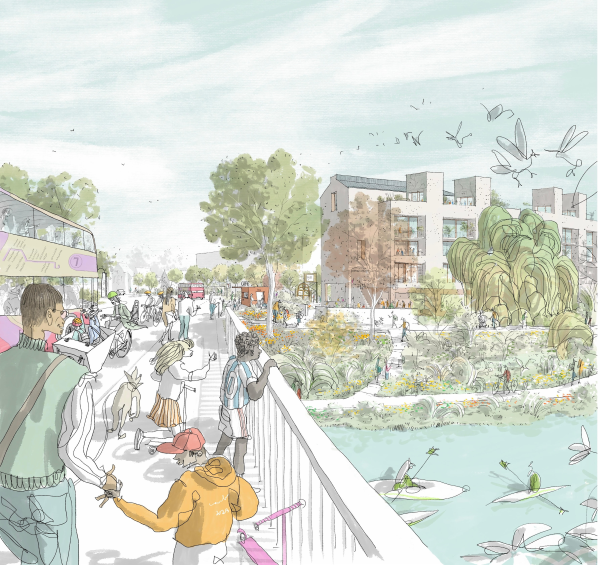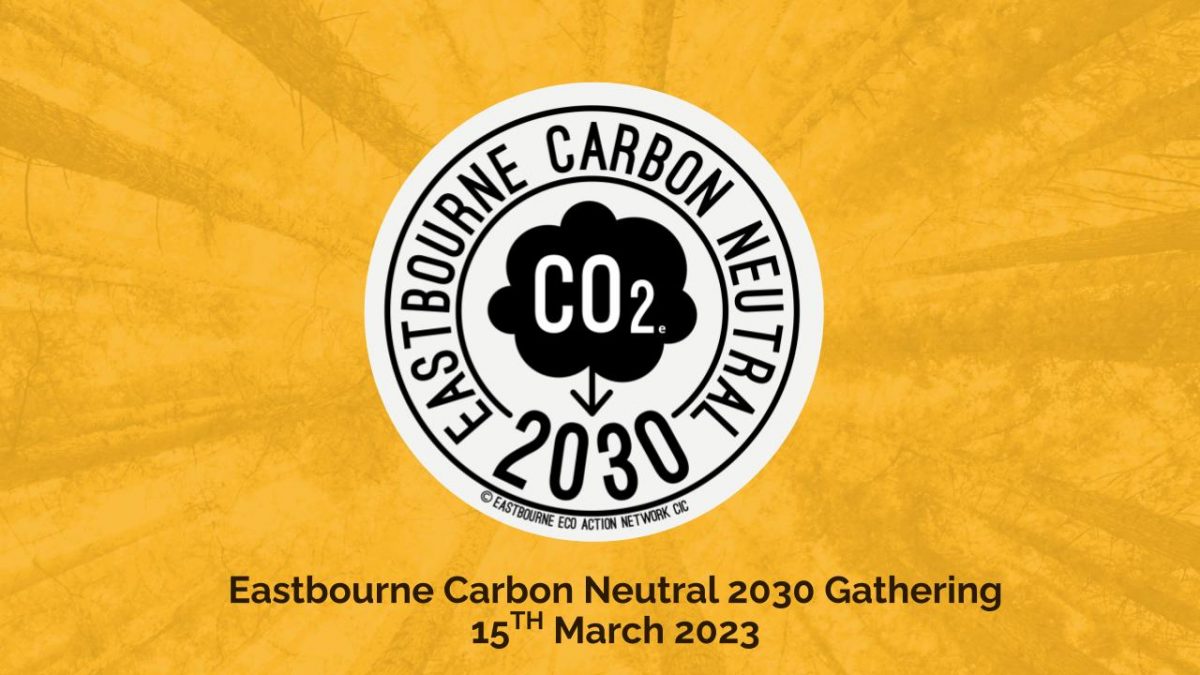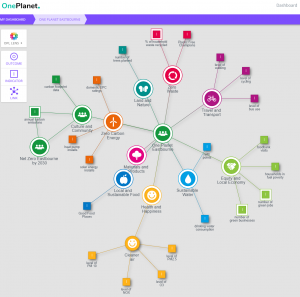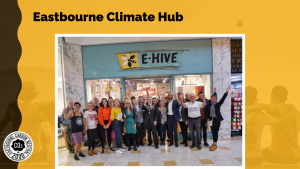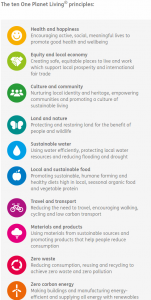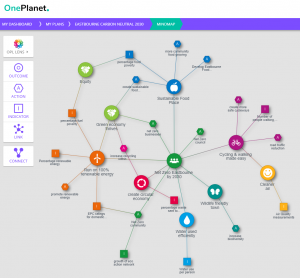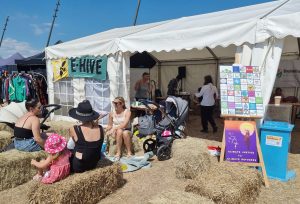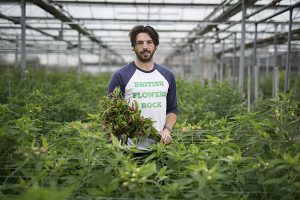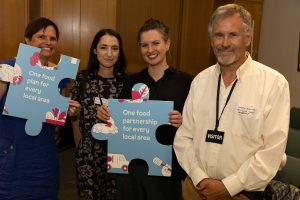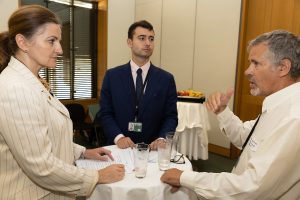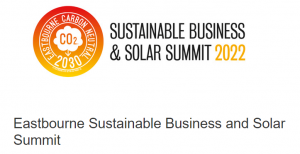Another year has gone by, so time for a review of what the Eastbourne Eco Action Network (EEAN) has been up to in 2023, following on from the reviews of our activities in 2021 and 2022.

The highlight of our year was undoubtedly our widely acclaimed Sustainable Transport & Active Travel Summit in November, which opened with a keynote speech from Chris Ralls, a member of the EcoTransport Group. This summit brought together all the main players in the local transport sector to investigate ways of deepening collaboration on plans and actions to tackle Eastbourne’s notoriously chronic traffic congestion and pollution, as well as its over-dependence upon cars for travelling across town. Transport accounts for over 25% of the town’s carbon emissions, a proportion which has so far stubbornly refused to decline. The quality of presentations and workshops was very high, and together with the extensive networking evident during the summit, there is perhaps a good chance that the barriers to progress on local transport will finally be overcome, leading to more, better, safer walking and cycling infrastructure as well as more reliable bus services operating on dedicated bus lanes supported by more bus priority measures. The first opportunity to see such progress will come if the new Local Transport Plan 4 prepared by East Sussex County Council gets final approval and adequate funding for its implementation. You can comment on it now that it is open to public consultation until February 2024.
The One Planet Eastbourne online community ecosystem platform for mapping and tracking progress towards a more sustainable town was developed by the EEAN this year using the innovative OnePlanet app, designed to facilitate deeper collaboration between local organisations on climate actions and environmental initiatives. Extra grant funding has now been secured to significantly extend work on this platform and to help other local local groups to use the OnePlanet app.
The EEAN organised an Eastbourne Carbon Neutral 2030 Gathering at the Town Hall in May, bringing together many of the local groups involved in helping to make the town Carbon Neutral by 2030. It was an excellent opportunity for those groups to give updates on their progress and to network with other local groups. Hopefully another such gathering can be organised in 2024.

The EEAN partnered up with Energise Sussex Coast to train up local volunteers to become Energy Champions, equipping them to run local energy projects such as giving basic energy advice to local residents and supporting local energy efficiency or clean energy initiatives of various kinds. The first event organised by the Eastbourne Energy Champions was a Business Community Energy Day in July at East Sussex College’s Green Training Hub in Hampden Park The first cohort of Energy Champions have now completed their training, and more cohorts will be trained up in 2024.
Eastbourne Borough Council decided this year to fund a scheme for offsetting the carbon emissions of Airbourne 2023, by far the town’s biggest festival of the year. The council approached us for advice on which scheme to fund, and we advised that the best scheme would be one developed locally by the Eastbourne United Nations Association. This scheme, which has been running successfully for many years, channels donations from local organisations into supplying free tree saplings to local communities in Uganda, proving these communities with much needed biodiversity improvements as well as nutritious fruit and natural medicines. The amount of carbon sequestered by the scheme is much greater than any similarly-sized tree planting scheme in the UK because of the special nature of the trees planted and the very favourable climate of that part of equatorial Uganda where the tree are planted.
In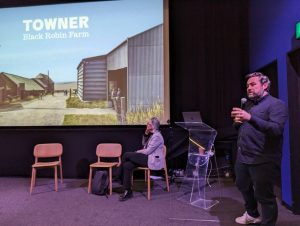 October, Eastbourne Borough Council submitted plans to the South Downs National Park Authority for its proposed Black Robin Farm redevelopment, part of its government-funded Levelling Up project. If approved, this would trigger a significant investment in the Eastbourne Downland Estate, the biggest since the downland was saved by popular opposition from being sold off by the council in 2017. Comments on the plan can be made via the SDNPA planning portal. Much rides on how well the plans would protect and enhance the downland biodiversity as well as addressing how transport by visitors to the site by bus, walking and cycling can best be supported and encouraged. I and my fellow directors have submitted comments to the SDNPA about the plans.
October, Eastbourne Borough Council submitted plans to the South Downs National Park Authority for its proposed Black Robin Farm redevelopment, part of its government-funded Levelling Up project. If approved, this would trigger a significant investment in the Eastbourne Downland Estate, the biggest since the downland was saved by popular opposition from being sold off by the council in 2017. Comments on the plan can be made via the SDNPA planning portal. Much rides on how well the plans would protect and enhance the downland biodiversity as well as addressing how transport by visitors to the site by bus, walking and cycling can best be supported and encouraged. I and my fellow directors have submitted comments to the SDNPA about the plans.
In December, plans for a big solar farm in Eastbourne, the first ever, was submitted to Eastbourne Borough Council by a commercial developer. If approved, it will be sited in Eastbourne Park and will supposedly generate 20MW of electricity, equivalent to producing enough clean energy to power 6,400 homes per year. If approved, the solar farm would represent the single biggest increase in solar power within the town, adding to the solar power generated by the solar canopy installed this year by Eastbourne DGH over one of its car parks. Solar power is a key part of the clean energy transition and a key element in the national strategy of weaning the UK off its traditional reliance on fossil fuels for power generation. However, much rides on the quality of the solar farm’s proposals on protecting local biodiversity, and how much the local community would benefit from the project. I and my fellow directors gave advice to the developers on how that might best be achieved.
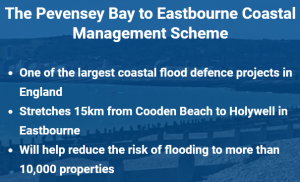
2023 was the hottest year in human history and 2024 looks set to be even hotter when the current El Nino reaches its climax. No wonder 2023 was full of natural disasters worldwide such as severe floods, droughts and storms. Given that we may be entering the early stages of climate breakdown, there is a need for much more rapid progress not only towards a zero carbon Eastbourne, but also towards building a strong climate adaptation plan to prepare for the inevitable and damaging impacts of climate change upon Eastbourne, a low-lying coastal community that is very much in the front line of climate change, facing the rising seas and stronger storm surges of a rapidly warming world. Indeed, a key part of adapting to climate change is managing and improving our local sea defences. Which is why, in November, the Environment Agency released its list of options for maintaining and improving the local sea defences from 2027 to 2037 and started a public consultation on them. The EEAN is represented on the agency’s Coastal Community Forum for Eastbourne and attended all of its meetings so far, giving feedback about what our network perceives as the key issues that need addressing.
Key to developing the effective climate adaptation plan we need is the development of a strong and resilient local food system that supports local food growing initiatives and provides equitable access to healthy, locally grown or locally sourced food. Fortunately, the good folks at the Eastbourne Food Partnership, one of our partners, are doing lots of work on this and have this year won the Bronze Award from Sustainable Food Places for that work. They deserve congratulations on achieving this significant milestone and look forward to deepening our collaboration with them in 2024, especially through working with them on researching ways in which local food growing can adapt to our changing climate.
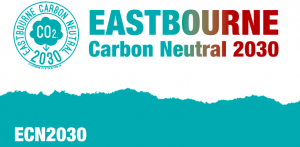
But there is so much more to do, especially as Eastbourne Borough Council’s latest update to its Climate Emergency Strategy states: “The Tyndall Centre and the University of Manchester have carried out analysis that recommends a minimum of a 12.3% per year reduction to deliver a Paris aligned carbon budget. The borough as a whole is a long way off meeting this year-on-year reduction”. The effectiveness of the council’s climate action plan was comprehensively assessed this year by Climate Emergency UK, which published a detailed scorecard of progress achieved in Eastbourne so far. Yet, as the strategy update also says, “We must not be put off by the challenge but must rally together and work together to improve the environment of our town for our residents, children, businesses and visitors now and in the future in order to mitigate global climate change”.
I wish to thank all the members and supporters of EEAN for all their hard work. The EEAN is entirely run by volunteers on a very small budget but consistently punches way above its weight, making significant contributions towards the ECN2030 campaign. May you all have a very restful and peaceful Christmas holiday period followed by a very Happy New Year.
Andrew Durling, Executive Director, Eastbourne Eco Action Network CIC

